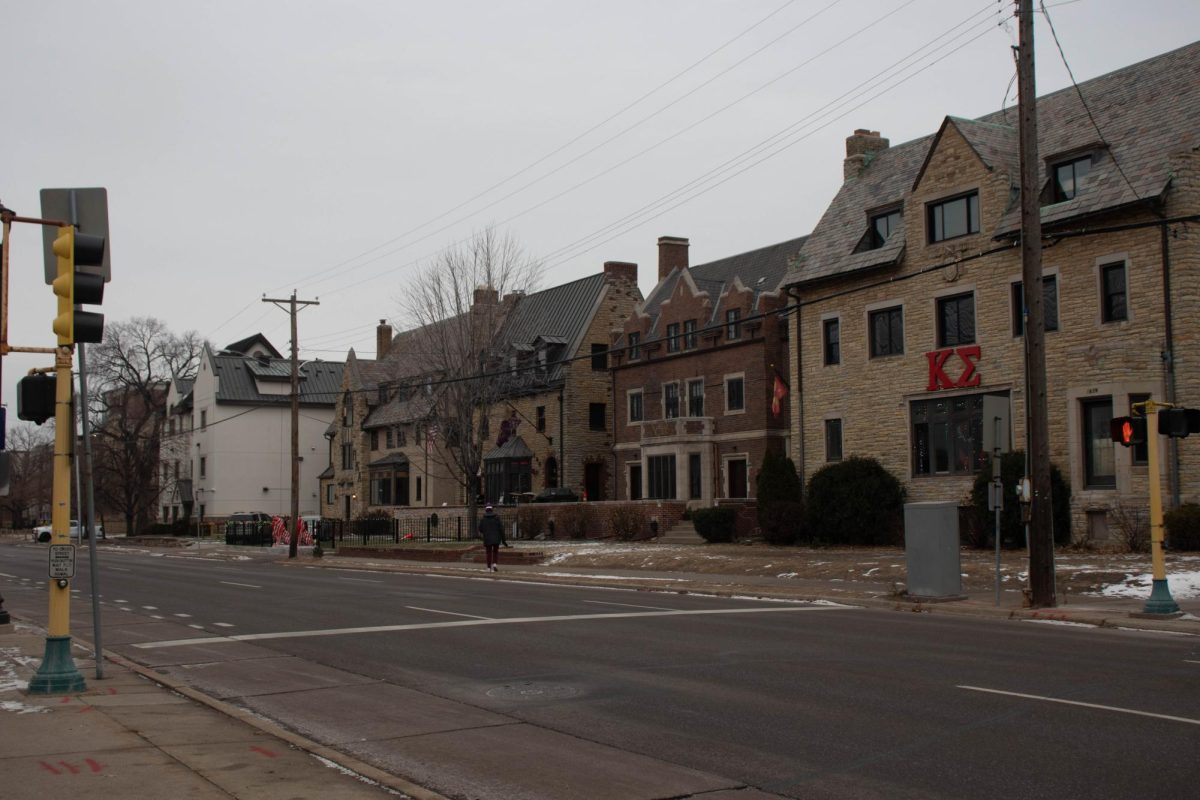On Oct. 21, 21-year-old Boston Red Sox fan Victoria Snelgrove was hit in the eye by a projectile containing pepper spray while celebrating the team’s victory over the New York Yankees.
Though the pepper-spray ball was shot from a weapon similar to a paintball gun and considered to be “less-than-lethal,” Snelgrove died.
She isn’t the first, either. People have been dying from “nonlethal” or “less-than-lethal” weapon injuries for decades. Police have argued that the weapons have been used successfully to quell riots and disperse violent individuals.
It’s true that if the weapons are used properly they can be effective. If they are fired from a safe distance and aimed below the waist, they should only cause minimal harm. In Boston, unfortunately, photos show the police were too close to the crowds, with their weapons clearly pointing above the individuals’ waists.
In an intense situation such as a riot, the risk of using projectile weapons is simply too great. Trying to maintain a safe distance from a moving crowd, while keeping a weapon pointed below the waist of each individual, is just not probable. Plus, projectiles such as rubber bullets can bounce off anything.
Besides, there are other ways to break up crowds. If police want to spread people out, they should use riot control agents such as tear gas or pepper spray. Those who get these agents in their eyes and throats are likely to get the heck out of the area. People will scatter, not run in a mob. As the agents disperse, the hooligans might return. While it might unfortunately take a few rounds of these dispersal tactics, high velocity projectiles do not have a better success rate.
During the hockey riots in Dinkytown, police used rubber bullets in an attempt to disperse rioters. Each time the crowd was fired upon, it would simply move. Everyone would run to a new location, but the crowd would stay intact.
No more innocent people should have to lose their lives before police realize that “nonlethal” weapons can be killers.







